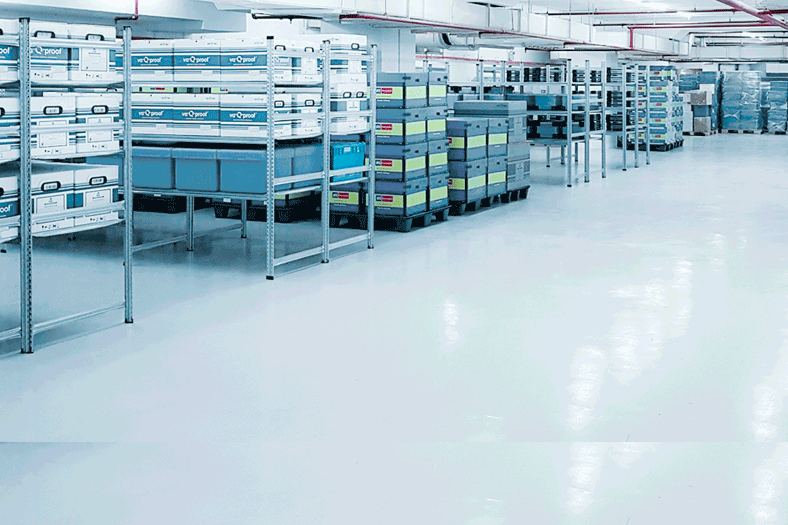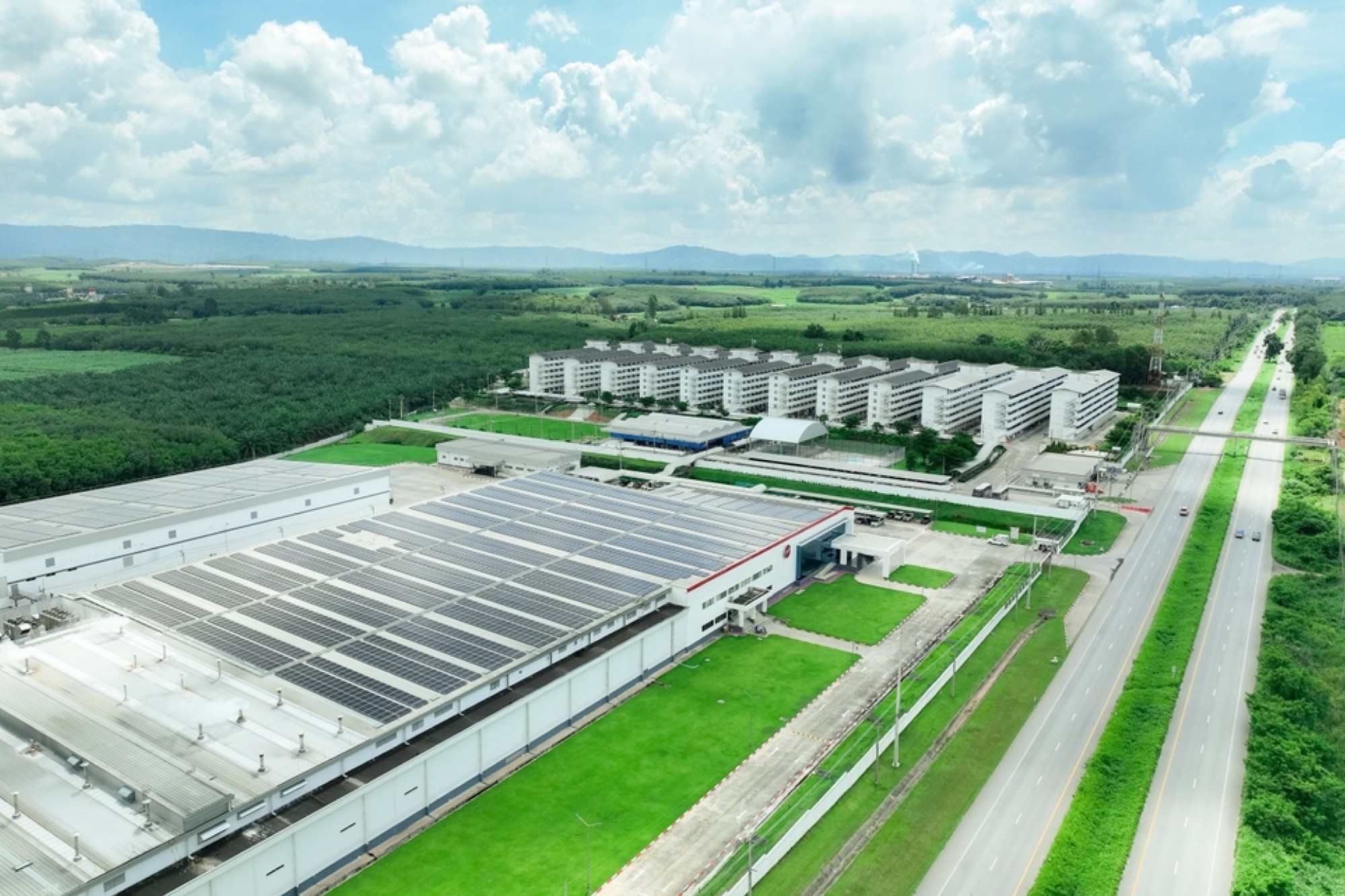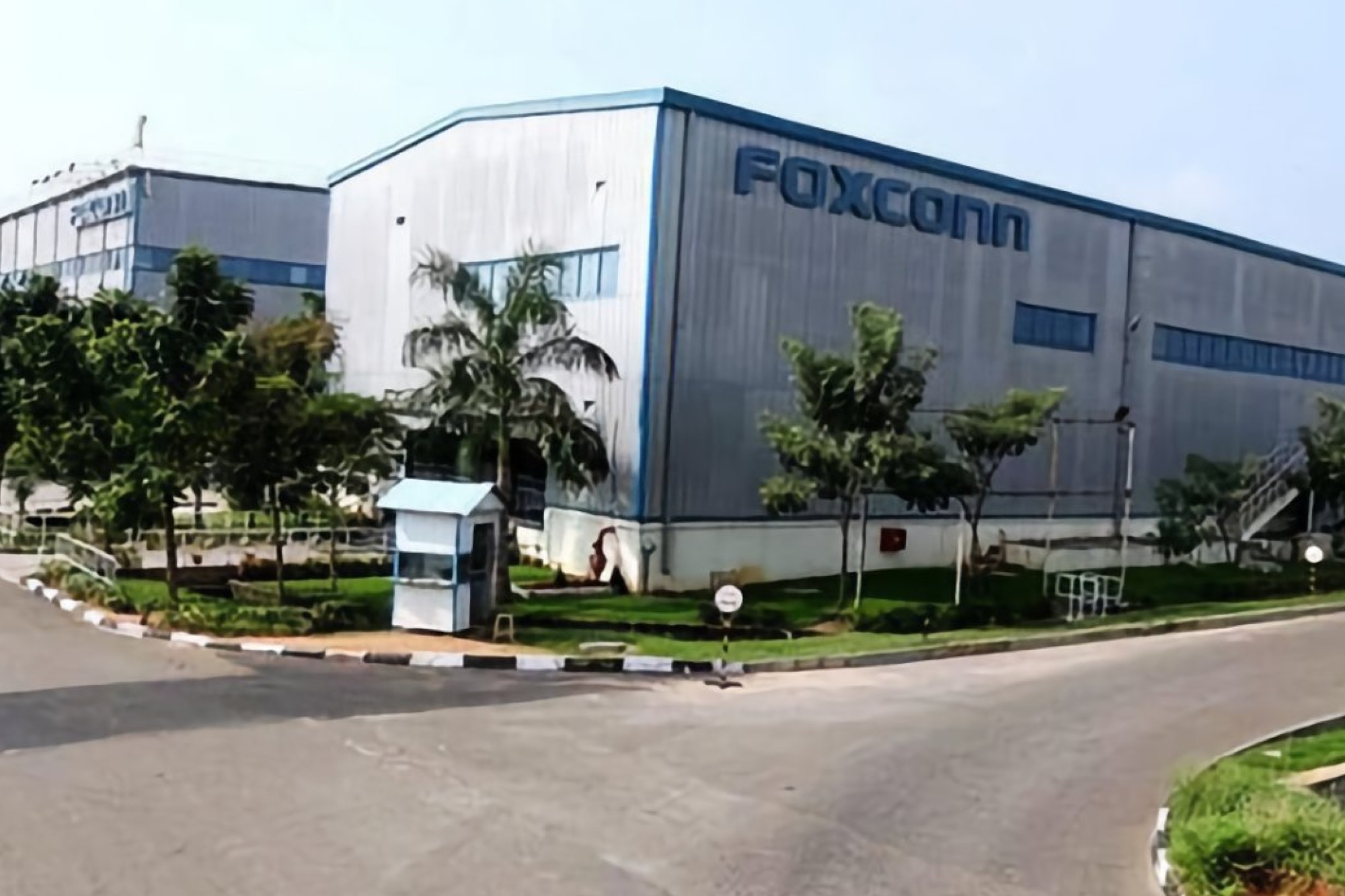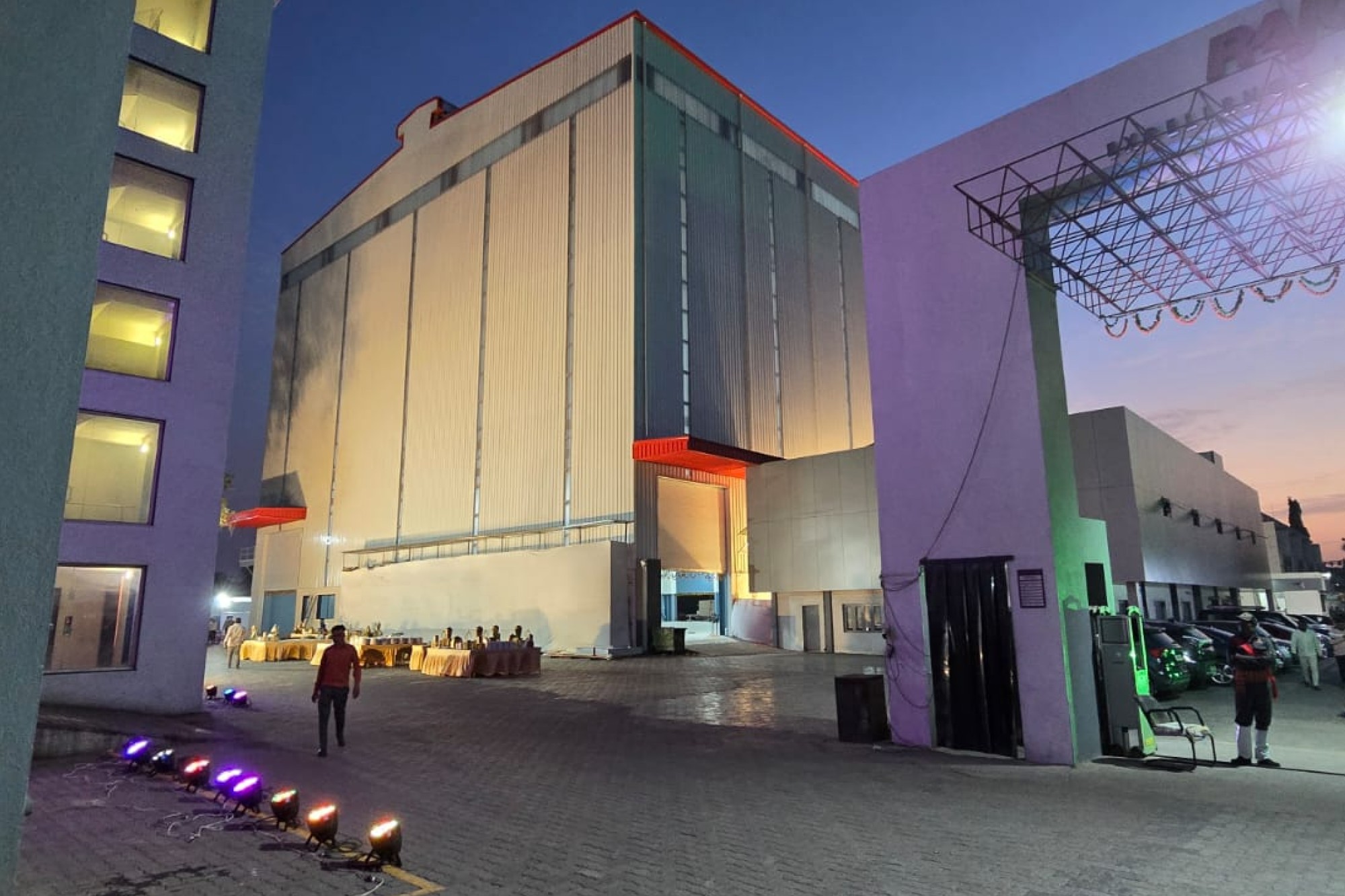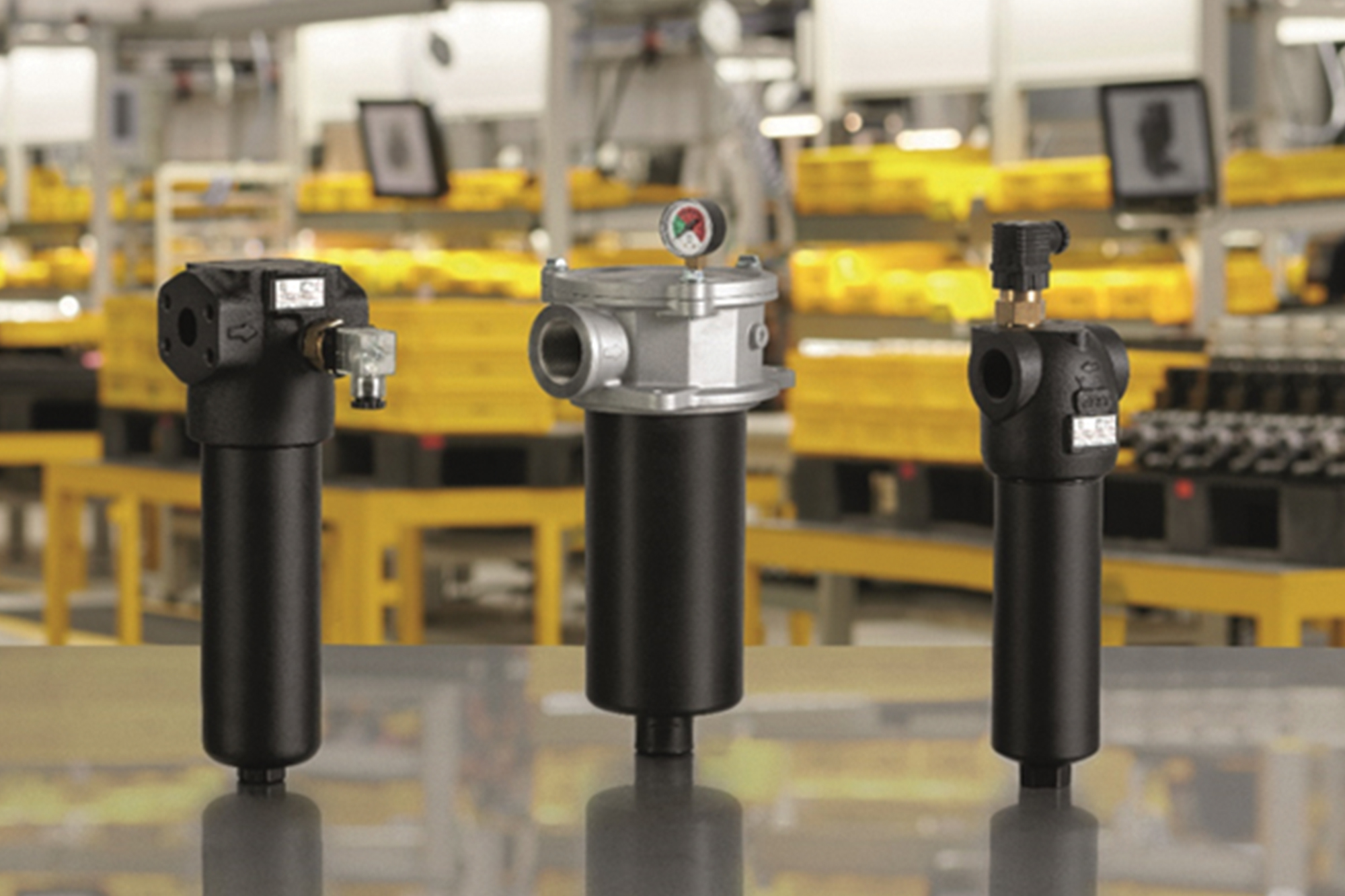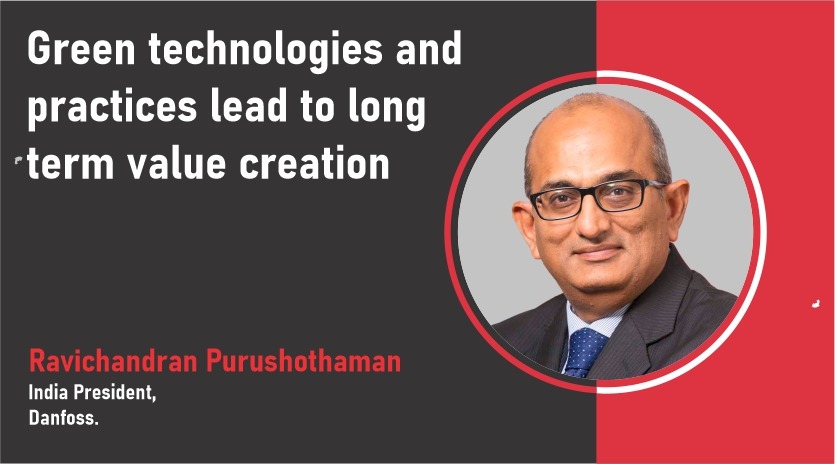Eliminating issues in pharmaceutical quality and safety
By OEM Update Editorial March 7, 2020 10:41 am IST
Cold chain logistics is helping the pharmaceutical supply chain to increase the safety and efficacy of pharmaceuticals and grow rapidly to reach $16.6 billion by 2021.
Pharmaceutical supply chains have to meet various global regulatory requirements while handling, storing, and distributing environmentally sensitive products. They focus on providing cold chain management for temperature-sensitive pharmaceuticals to ensure that the quality and efficiency of the product will not be compromised.
The critical need to eliminate counterfeit drugs has enabled the industry to maintain a chain of ownership from manufacturing to retail distribution. The Sourcebook estimates that by 2021, pharma cold chain logistics will be worth $16.6 billion. “There has been only moderate growth, if any, in freight transportation costs across the board in recent years,” notes Nick Basta, editor of Pharmaceutical Commerce. He adds, “And since freight transportation comprises roughly 70 percent of cold chain logistics costs, that moderation is a factor in the slower growth rate in cold chain logistics spending by biopharma.”
“Last year’s Valsartan contamination and recall brought some surprising chemical synthesis issues to light in the pharma industry. While the reactions used in generic Valsartan production are known to be a source of certain impurities, they were below current disregard limits and didn’t raise any red flags. It was the impurities that no one thought to look for, however, which led to the recall.”
The issue had come up when chemists didn’t realise their process — while successful at eliminating toxicity due to sodium azide — generated another toxic substance: the carcinogen N-nitrosodimethylamine (NDMA).
The Pharmaceutical Commerce’s annual Bio-pharmacy Cold Chain Sourcebook, 2017, estimates that the pharma cold chain logistics will total up to $13.4 billion this year, growing at a 5-6 percent rate. Also, the value of temperature-controlled pharmaceuticals being shipped is projected to grow 10.7 percent, reflecting that the industry has learnt to efficiently manage cold chains.
The manufacturer did do everything right, even imposing higher-than-required standards in some cases. The entire Valsartan incident seems to be an indicator that the pharma industry has been focused on the quality of APIs, but wasn’t paying sufficient attention to the safety of chemical synthesis processes.
Regulatory response — Changes in motion
Conclusion
The troubling question is: how many NDMA, NDEA, ethyl mesilate and other highly toxic, low-concentration impurities might lie hidden in the hundreds of pharmaceutical ingredients made by thousands of manufacturers around the world?
Something needs to change in our quality management of pharmaceutical ingredients, not only to prevent similar contaminants in the future, but also to become aware of the ones which may be there right now in our medicines. The World Health Organization (WHO) estimates that 10 percent of the drugs that reach consumers are fake or even contain harmful substitutes. There is also an increasing variety of drugs that require temperature control while in transit. These factors have been the driving change in the pharma supply chain.
Cookie Consent
We use cookies to personalize your experience. By continuing to visit this website you agree to our Terms & Conditions, Privacy Policy and Cookie Policy.



